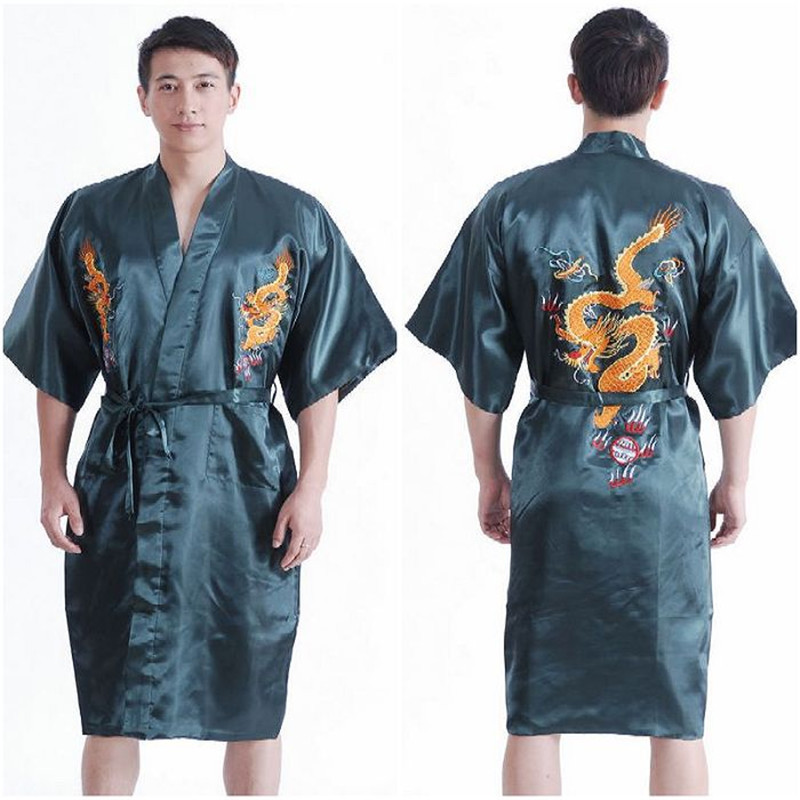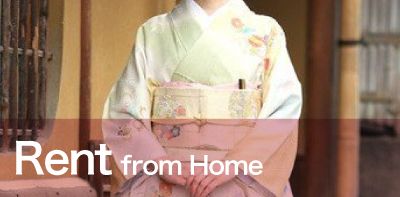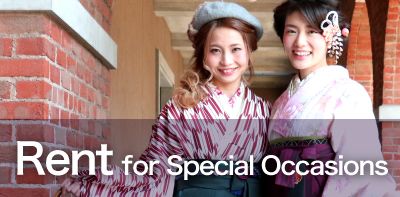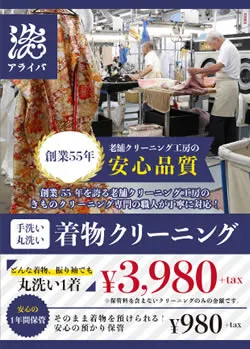Traditional Kimono for men

The Japanese kimono is one of the world’s instantly recognizable traditional garments. Kimono are worn by both men and women. Kimono for men tend to be much simpler and come in muted colors like black, grey, brown, and dark blue. For formal occasions, men wear a montsuki, which is a formal black silk kimono worn over a white under-kimono and hakama, traditional Japanese trousers.
Details of kimono for men

Kimono for men include the montsuki hakamafor ceremonial occasions and the haori for going out visiting. There is also the yukata, worn by both men and women as informal dress at home, in ryokan or for attending local festivals. Men’s kimono usually have more subdued colors and are made typically from matte fabrics. Men’s kimono sleeves are attached to the body of the kimono for men with no more than a few inches unattached at the bottom, unlike the women’s style of very deep sleeves mostly unattached from the body of the kimono. Men’s sleeves are less deep than women’s kimono sleeves to accommodate the obi around the waist beneath them, whereas on a woman’s kimono, the long, unattached bottom of the sleeve can hang over the obi without getting in the way. Men also wear zori, usually made of imitation plastic straw, but they are not required to wear tabi socks with their zori like women.
Modern kimono for men

In the modern era, the principal distinctions between kimono for men are in the fabric. The typical men’s kimono is a subdued, black, dark blues and greens are common. Fabrics are usually matte. Some have a subtle pattern, and textured fabrics are common in more casual kimono. More casual kimono may be made in slightly brighter colors, such as lighter purples, greens and blues. Sumo wrestlers have occasionally been known to wear quite bright colors such as fuchsia.
Formal kimono for men

The most formal style of kimono is plain black silk with five kamon on the chest, shoulders and back. Slightly less formal is the three-kamon kimono. A few older women and even fewer men still wear the kimono on a daily basis. Kimono for men often worn at weddings, tea ceremonies, and other very special or very formal occasions. Professional sumo wrestlers are often seen in the kimono because they are required to wear traditional Japanese dress whenever appearing in public.





